iMac rumor roundup: Everything you need to know!
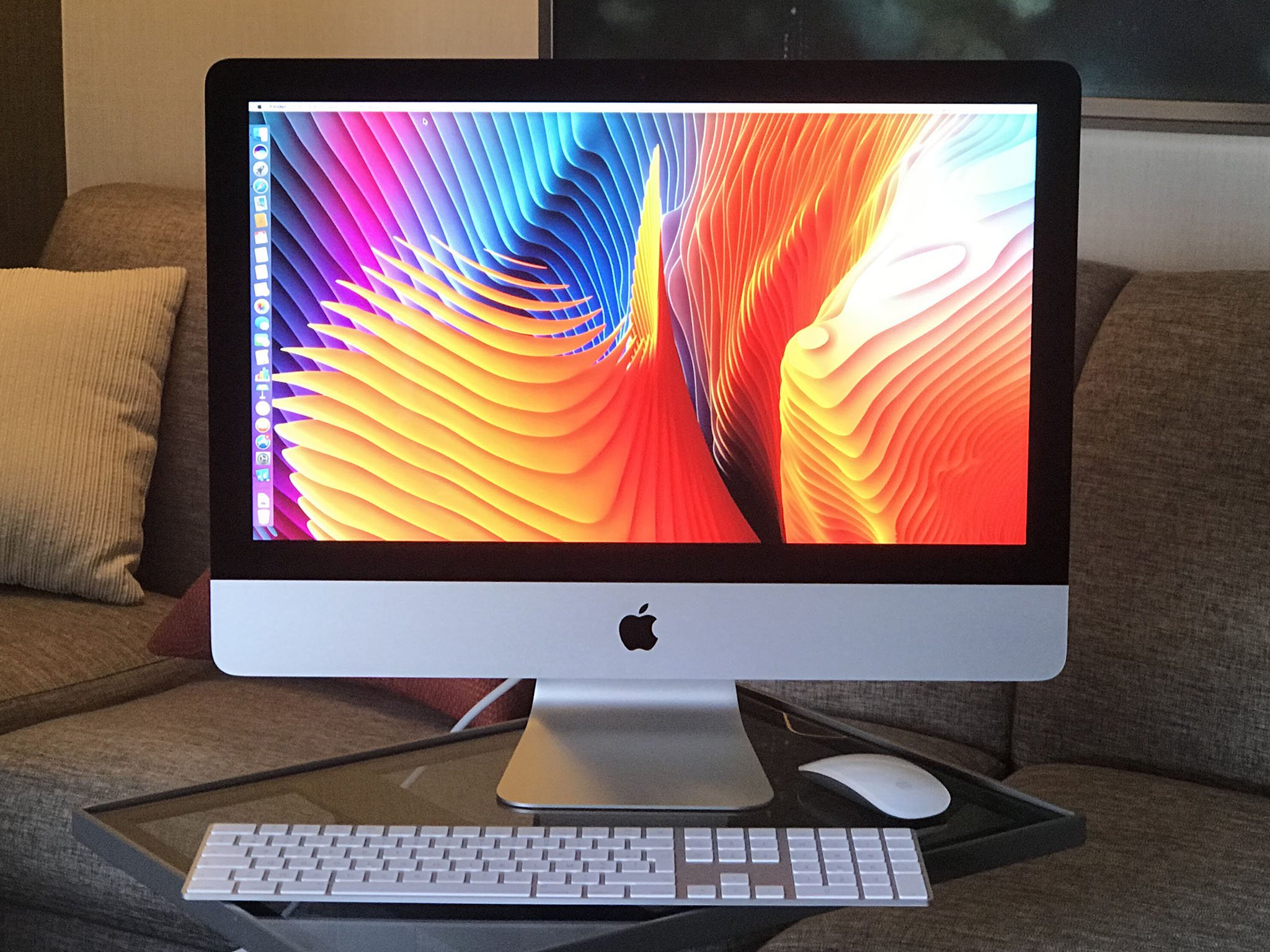
Apple's all-in-one iMac — with its spectacular 4K and 5K wide-color-gamut displays — is still one of the best desktop computers in the world. With Kaby Lake processors, updated graphics, and compatibility with external graphics processors (eGPU), the iMac is current again. But what and when will be Apple once again make the desktop truly new?
When will the next iMac be released?

Unlike iPhone and iPad, where Apple makes or controls almost all the components in the box, the iMac is dependent on Intel, AMD, and other chipset suppliers. That means, in order to make significant updates, Apple has to wait for Intel to announce a next-generation chip, ship the specific version Apple needs, and then work with Apple to get everything from wake-from-sleep to Power Nap just right. And that can take a while.
Here's the previous timeline for major updates:
- October 2009: Aluminum unibody
- October 2012: Slimmed down unibody
- October 2014: 5K Retina display
- October 2015: P3 wide-gamut display
- June 2017: Kaby Lake processors
We could see spec bumps, even an architecture bump to Intel's next-generation 14 nanometer Coffee Lake platform in 2018. Given the less-than-yearly update schedule to date, though, 2019 might be a better bet.
What will Intel's Coffee Lake architecture bring to iMac?
If and when Coffee Lake is available in the types of chipsets Apple uses in iMac, there are a few things to look out for:
- Coffee Lake will allow for a higher number of cores per processor. Previously available primarily on the higher-end Xeon line, pressure from AMD's Ryzen Threadripper has gotten intel to push desktop chips up from 4 cores and 8 threads to 6 cores and 12 threads.
- Faster memory speeds.
- Updated Thunderbolt and USB support. Thunderbolt 3 still doesn't support even older DisplayPort standards. We'll see if Coffee Lake fares better.
Will iMac ever get a touch screen?
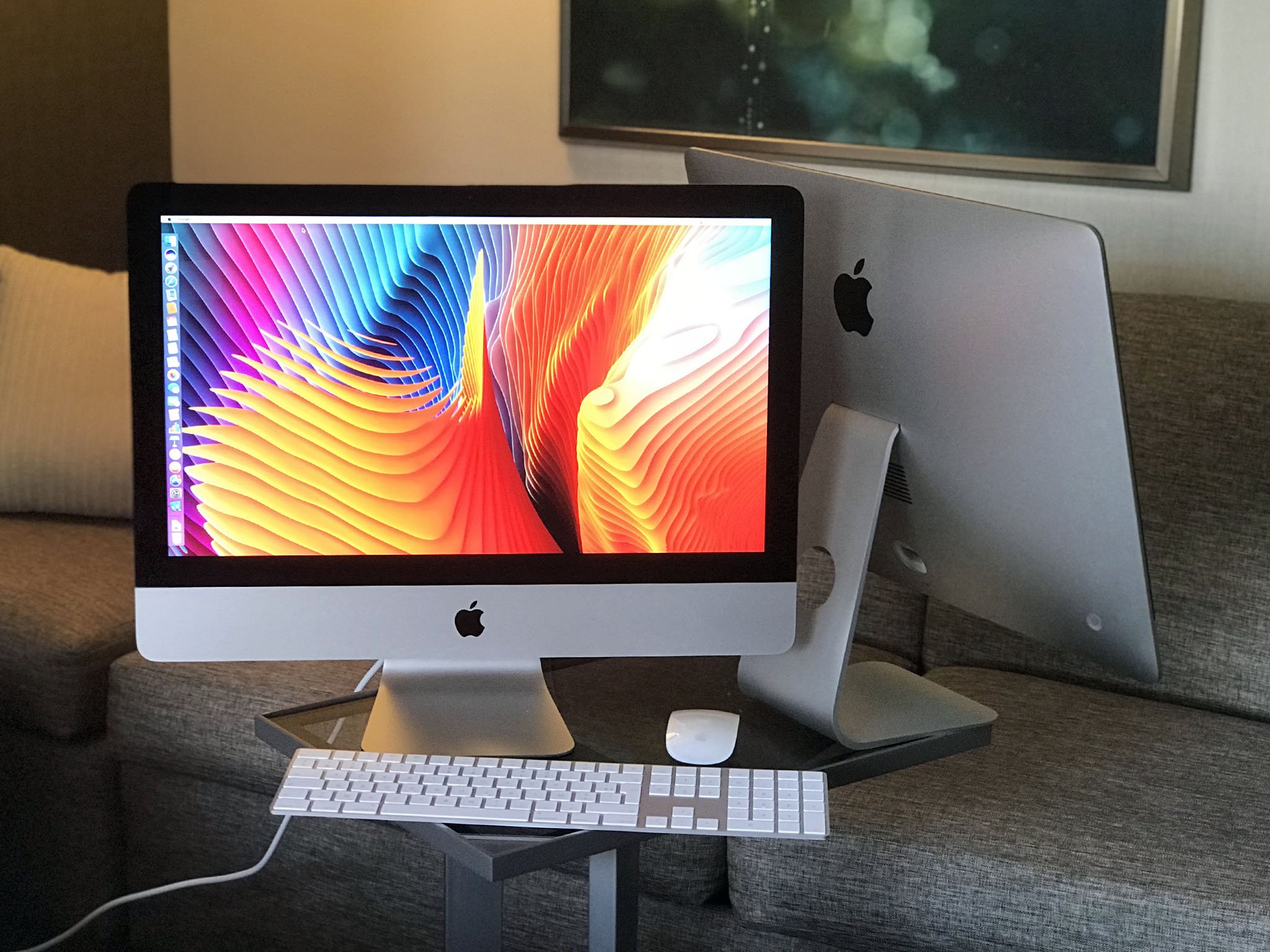
Apple has said it doesn't think touch screens on Mac make for good user experiences. Of course, Apple also once said it wasn't making a phone, and that no one wanted to watch video on an iPod. What Apple says in that regard can — and will — change depending on what products are or aren't ready to ship.
Regardless, macOS isn't currently designed for touch input. Apple could spend half a decade re-engineering it the way Microsoft did Windows — and maybe even do so better and faster. But Apple already has a hugely successful touch-first operating system with iOS. Time the company could waste retrofitting macOS for touch would be better spent making iOS more powerful.
Master your iPhone in minutes
iMore offers spot-on advice and guidance from our team of experts, with decades of Apple device experience to lean on. Learn more with iMore!
There could, however, be a middle ground: Gesture support similar to what's found on the Magic Trackpad. Simply being able to swipe-to-navigate could be enough.
Touch Bar and Touch ID?
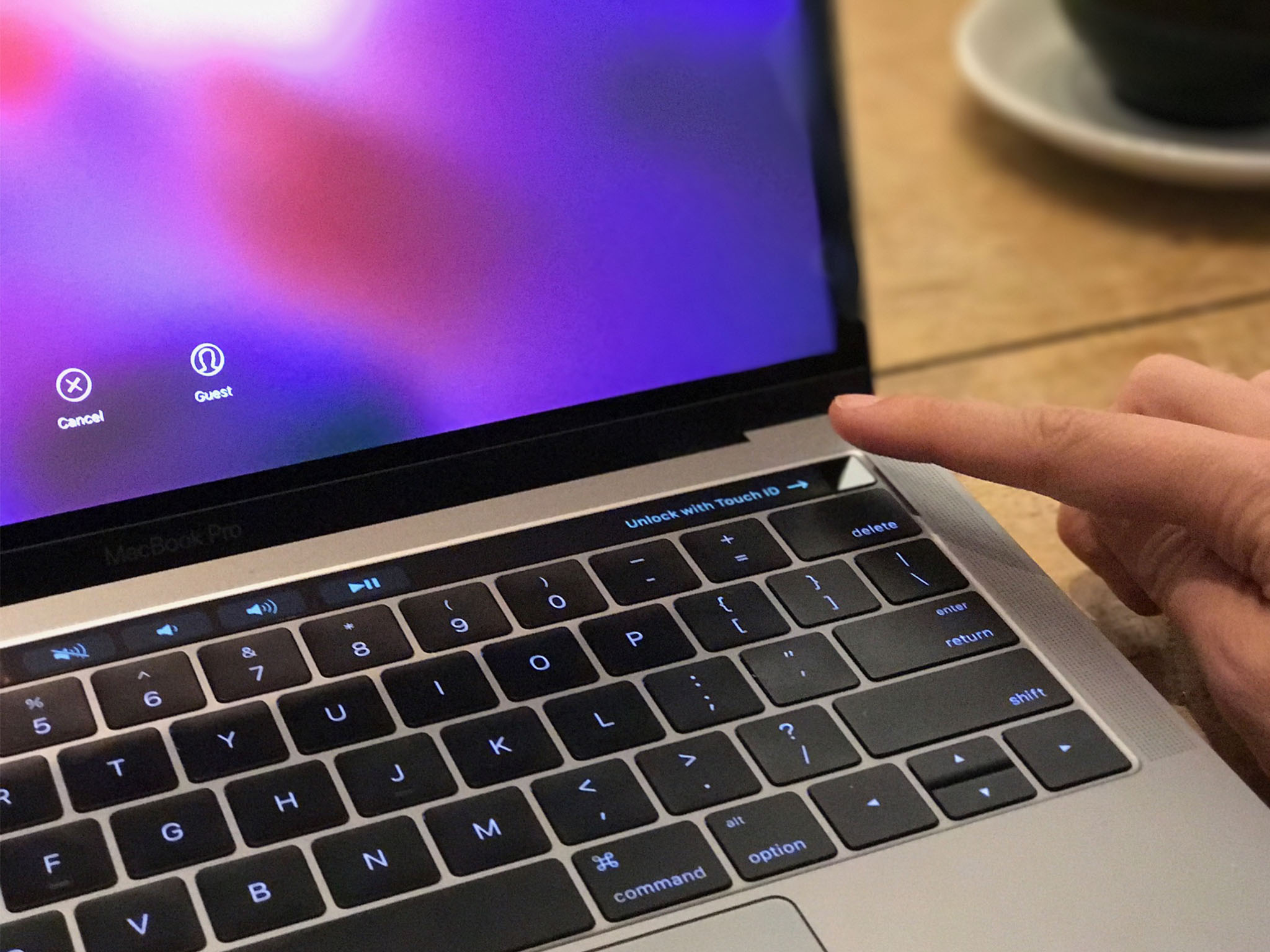
Touch Bar is a long, short iPad-like screen embedded above the MacBook Pro keyboard with a Touch ID fingerprint identity scanner that fuses an Apple Watch-like processor and secure element together to handle authentication. Putting those in an iMac-style vertical case wouldn't be ergonomic or convenient, but putting it into a Magic Keyboard that connects wirelessly to iMac...
Apple already includes connected authentication in macOS so you can use an iPhone's Touch ID to approve Apple Pay for Safari on the Mac. That should make implementing it for Magic Keyboard and iMac 2017 far more likely than not.
What about Apple Pencil support?
Apple Pencil benefits from the multitouch sensors in iPad Pro but has pressure-sensitive technology in its own tip as well. It's even small enough that it could make touch targets out of macOS interface elements that would otherwise be far too small.
That said, adding some form of touch only makes sense if Apple also makes a mechanism for turning the giant iMac screen into something closer to a giant iPad screen.
And, as much as the artist and designer in me would love that, it's not something I'm holding my breath for.
True Tone! Any chance of that in the iMac 2017 display?
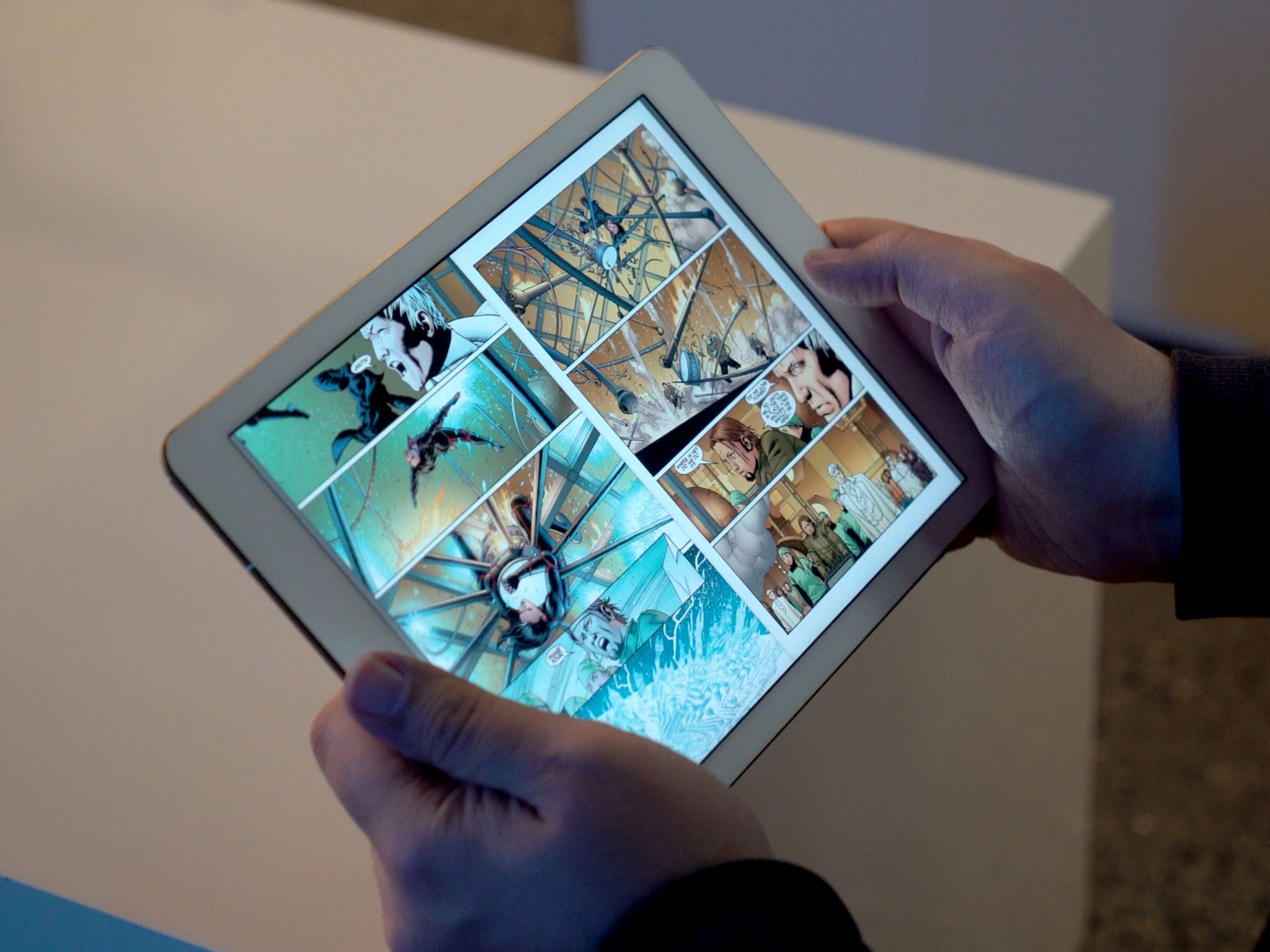
In 2014 we got 5K high-density. In 2015 we got DCI-P3 cinematic color gamut. In 2017, 10-bit HEVC (4K HDR H.265). That's two screen technology and one processor display improvements in as many updates. macOS Sierra also brought Night Shift with it, which is Apple's time-based color shifting system that tints everything colder (bluer) during the day and warmer (yellower) at night, so as to interfere less with sleep patterns.
So what does that leave?
True Tone.
Currently only available on the iPad Pro, True Tone uses ambient light sensors to measure the color temperature of the room and then match the display to that temperature. The result is a screen that looks less like a light and more like a piece of paper. Many of those who have used it want to see it everywhere. Including me.
Any chance we'll get NVIDIA graphics? Finally?
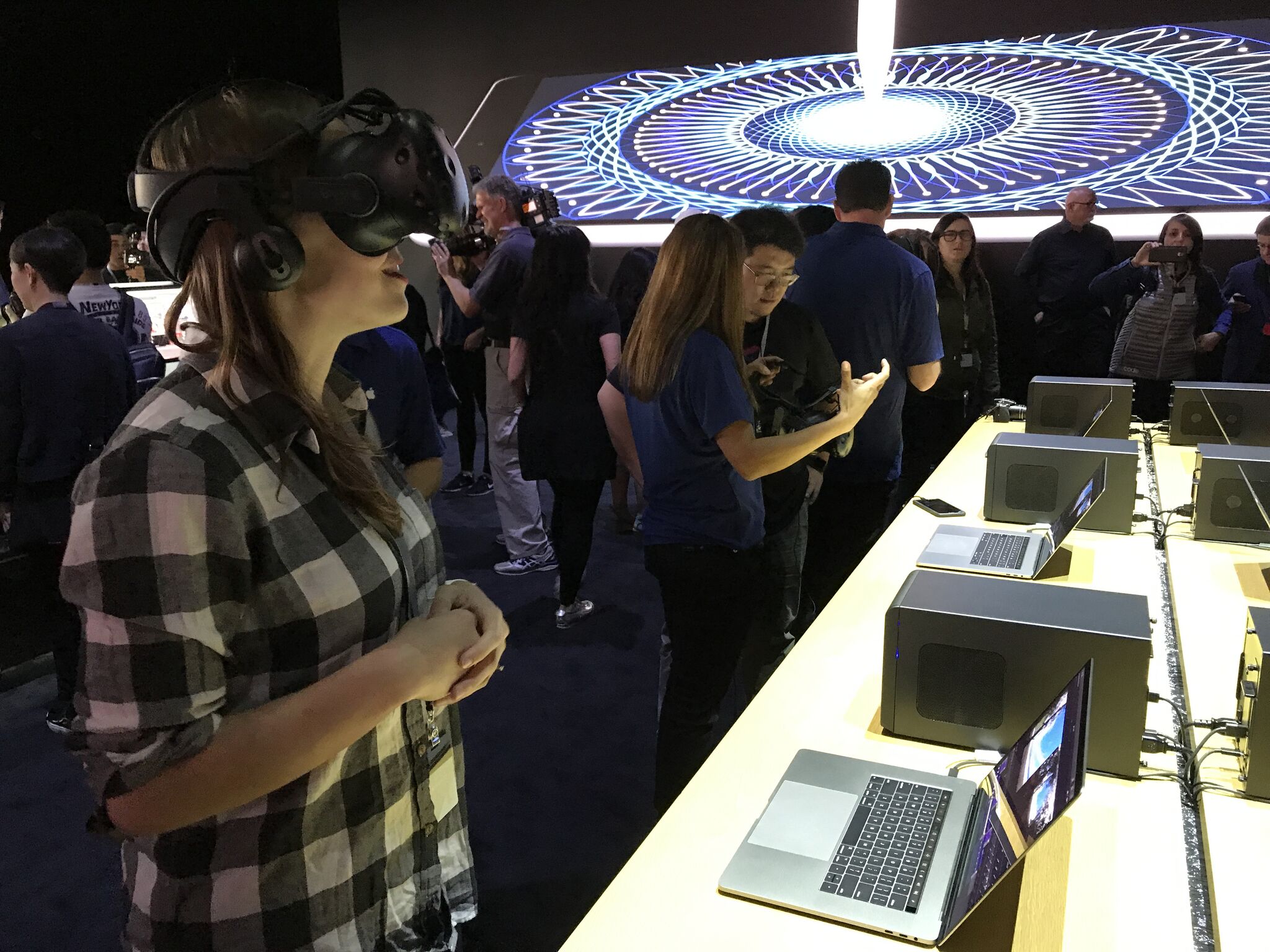
Apple has been using AMD graphics in iMacs as of late and, while they're getting better, they still don't offer the gaming and VR experience of NVIDIA. And they don't offer the CUDA cores some graphics pros crave.
NVIDIA comes with a lot of overhead, though. If you want to write to the lower levels, they want you to use their own CUDA framework. Apple has Metal, and as such, so no interest in CUDA. AMD has no such hangups about giving Apple access and integration, so that's what we've gotten in the past.
Your iMac 2018 predictions?
Got anything on your iMac 2018 wish list? Let me know what you think we'll get and, if I missed anything, what you're expecting!

Rene Ritchie is one of the most respected Apple analysts in the business, reaching a combined audience of over 40 million readers a month. His YouTube channel, Vector, has over 90 thousand subscribers and 14 million views and his podcasts, including Debug, have been downloaded over 20 million times. He also regularly co-hosts MacBreak Weekly for the TWiT network and co-hosted CES Live! and Talk Mobile. Based in Montreal, Rene is a former director of product marketing, web developer, and graphic designer. He's authored several books and appeared on numerous television and radio segments to discuss Apple and the technology industry. When not working, he likes to cook, grapple, and spend time with his friends and family.

